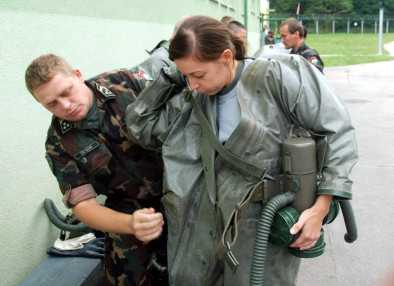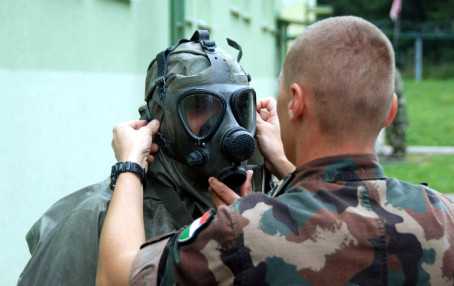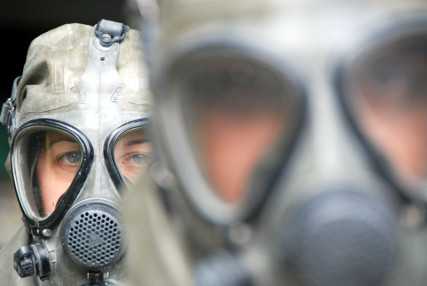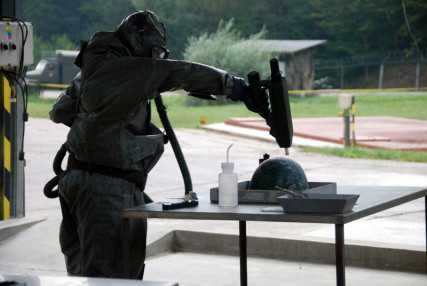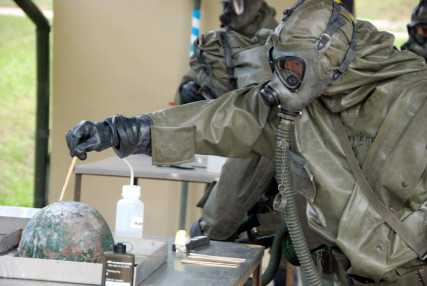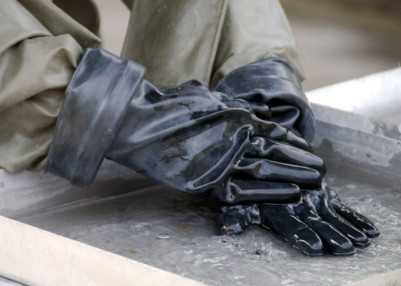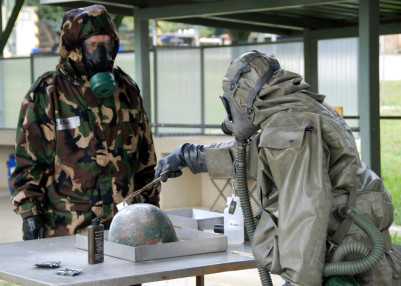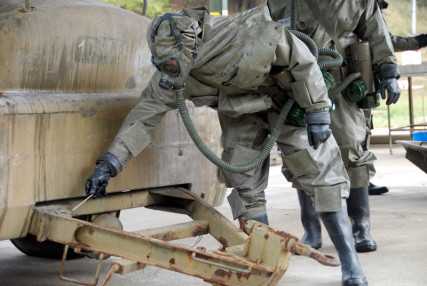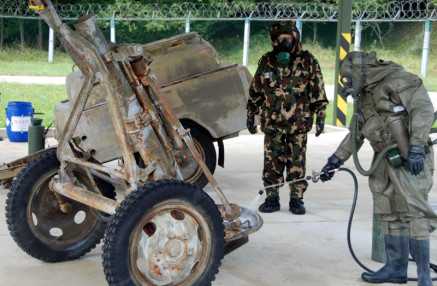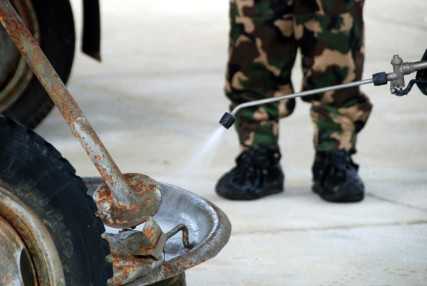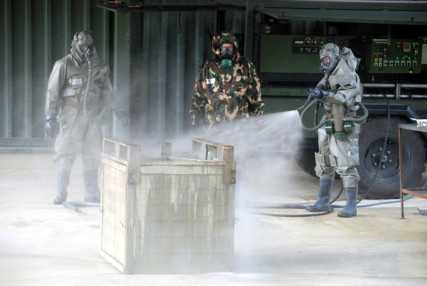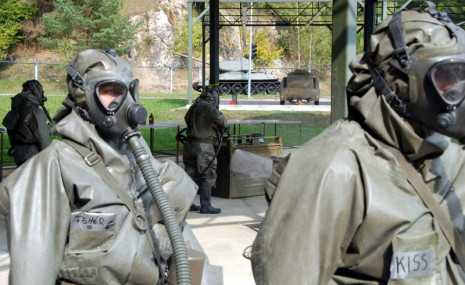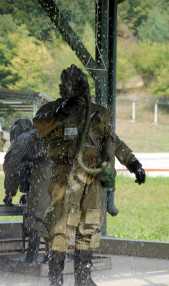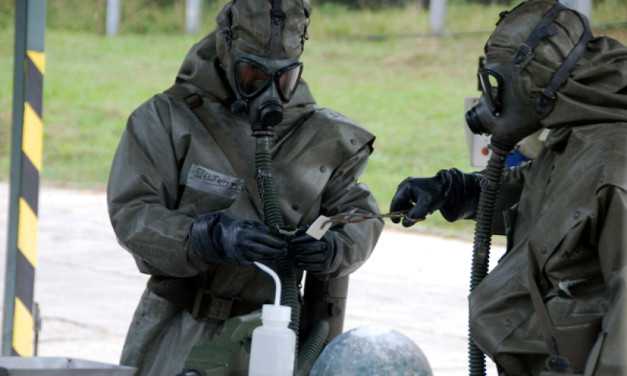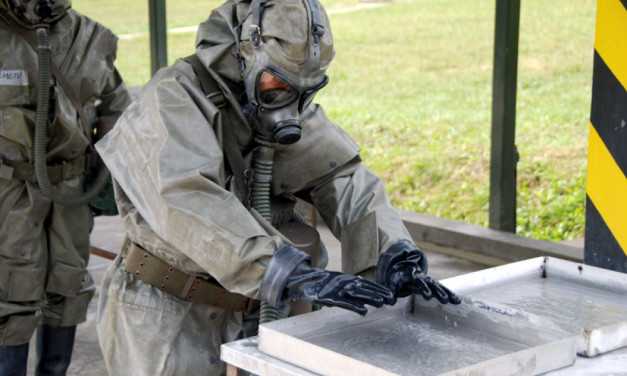CBRN Defence Training in Slovakia
Szöveg: László Szűcs | 2011. szeptember 30. 10:51The personnel of the HDF 93rd ‘Petőfi Sándor’ CBRN Defence Battalion recently went on an exercise in Zemianske Kostol’any, Slovakia. Over the past years, the small Slovak village with a population of around 2,000 hosted the Hungarian CBRN defence troops on a regular basis, as the CBRN Training and Testing Centre (CBRN TTC) of the armed forces of Slovakia is stationed in a military installation outside the village limits. This military base is unique in that its area – under very strictly controlled circumstances – makes it possible to conduct training programs involving the use of live chemical warfare agents (CWAs).
Galéria
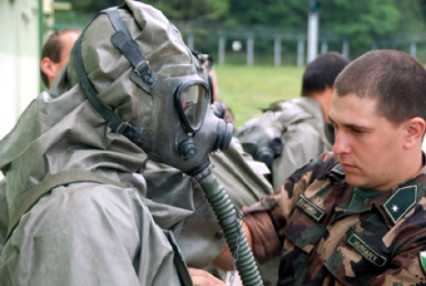
Sulfur mustard is usually used as the live CWA in the Slovak training programs. This brownish, oily liquid is a blistering toxic CWA, one which Saddam Hussein’s forces deployed during chemical attacks against the Kurds living in Northern Iraq in the 1980s.
The first four-man team of Hungarian troops was already preparing for executing the task of the day. With the help of their comrades, they put on the 96M grey rubber NBC suit in use with the Hungarian Defence Forces. This heavy, insulating protective clothing can be applied in wartime for defence against weapons of mass destruction (WMDs) and toxic CWAs, while in peacetime it can be worn on disaster relief operations. For example, during the red sludge disaster in last October in Hungary around the region of Devecser and Kolontár the CBRN defence troops wore this type of protective suit for several days, almost around the clock.

After the successful completion of all the tasks, they take a shower to wash the remnants of contaminants off their suits. Of course, they have to check their decontamination status before leaving the NBC course, so that every soldier must spend 90 seconds inside the decon control cabin which serves this purpose.
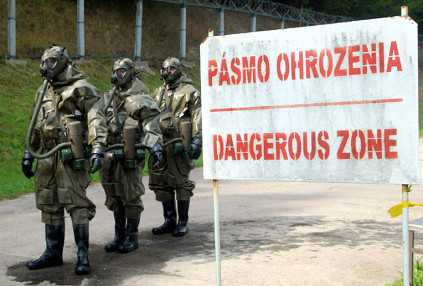
Photos by the author
Click on our gallery for more pictures!
